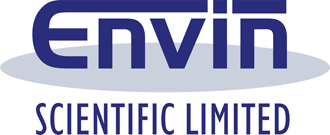
Short and longwave pass filters improve two-photon bioimaging
Two-photon excitation has been a popular method of fluorescence imaging in biological specimens since its introduction in 1990, but 25 years on, short and longwave pass filters are helping to improve the technique still further.
Fluorescence imaging with short and longwave pass filters
A team from the University of Strathclyde and Cambridge Biomedical Campus have demonstrated a setup using a combination of short and longwave pass filters, which they say enables framing rates up to 100Hz with an increased field size.
In the original 1990 technique, they explain, “the chief drawbacks were the slow scanning speed … and the high rate of photo-bleaching if the laser intensity was increased”.
This led to an imaging rate as slow as 1Hz, whereas “millisecond time resolution” may be preferable in electrophysiology.
Short and longwave pass filters improves scanning speed
Now, using commercially available short and longwave pass filters, and a combination of two-photon excitation and high framing rates, the team have shown significantly improved results.
In particular, during single-photon testing as part of their experiment, the long-wavelength chromatic reflector in their equipment was replaced with a filter cube, comprising a 485nm excitation filter, a 505nm longwave pass filter, and a 530nm emission filter.
Reducing photo-bleaching
“We suggest that our method may prove advantageous when using fluorophores or photoproteins with fast photo-bleaching rates,” the scientists suggested.
“This technique may also reduce unwanted photo-bleaching in FRAP, FLAP and other similar experimental methods, where photo-bleaching of the untargeted region can compromise results.”
Get in touch with Envin today about short and longwave pass filters we can design and make for you.

